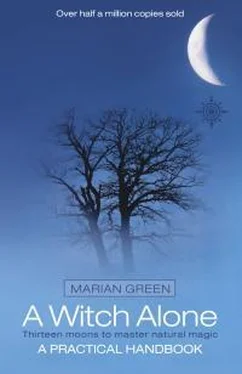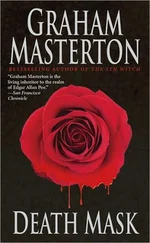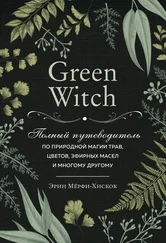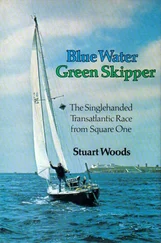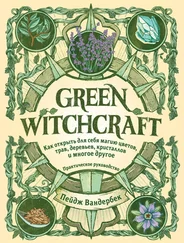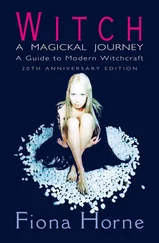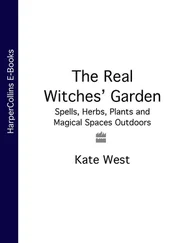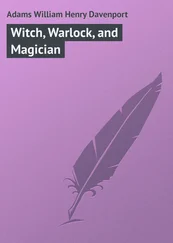Little of this knowledge involves the dimension of experience, so vital to the practical arts of magic. You can learn how from a book, where, even when, but you cannot turn that information into real understanding without doing it. Most practical knowledge is remembered because of what we did, rather than what we saw or heard. Children left to play naturally will mimic the actions of their elders.
They may not understand the principles of architecture, but given bricks or sand they will build houses or castles. Others will make mud pies, or imaginary food out of leaves and water. They may act out the cooking process without the adult knowledge about the production of heat by gas or electricity.
That is exactly how the children of the Wise Ones gained their knowledge. Acting out herb brewing, scrying in a pool or puddle, talking to trees and birds and animals, and realising they got answers was how they gained experience. We don’t even talk to each other half the time, let alone question a tree about the weather prospects -we watch the TV weather forecast!
We have lost the simple, playful interaction with Nature or with several generations of our ancestors. We may scarcely have known our grandparents, perhaps because of family rifts or because by the time we were mature enough to value the words of the aged, they were far away or in a home, or dead.
It may have been cramped when families with six or more children, parents and several grandparents crammed into one house but without the distraction of modern entertainment systems, they had to talk, sing and share tales as a form of relaxation. The oral and folk song tradition survived in many places until the First World War.
Then, not only were many young men killed but the dances and songs, the traditions they would have found in the country, were killed also. For example, much of the Morris dancing tradition only survived because the stay-at-home sisters, wives and mothers of the young men dancers had watched the steps and learned the music, so it fell to them to remember and teach the post-war generation.
Many of the best dancers, quite old men now, were taught this mens’ Mystery by the womenfolk.
Much of our vast folk tradition had already been wiped out, not only by religious fervour but by political change. Under the austere years of the Commonwealth singing and dancing and the celebration of festivals was stamped upon. Many of the ancient, beautiful glass windows, the pagan images, the statues of saints, the wall decorations and holy trees were destroyed, and the gatherings about maypoles and wells were prohibited.
For about sixty years all these folk customs were repressed, just long enough for many of them to be forgotten or not revived. Luckily, many have been over the years; others are being recalled and brought back into annual calendars of many villages and towns. They may start off as ways of attracting visitors to the area, but those involved often recapture the essence of the event, and its magical spirit turns a village fete into a really powerful and unifying event.
Folklorists, researchers, historians and genealogists are delving deeper every day into the written, painted, sculpted and embroidered records of our history. They are tracing the meanings of village names, the roots of calendar customs, the meaning of superstitions and the lines of families back for many hundreds of years.
All this information could well be of use to the trainee witch or student shaman; the hours spent in the local reference library can make up for the years of childhood tied up with sports teams or school work, or watching TV, whereas our ancestors would have been following their parents and grandparents through their daily grind, learning on the job.
Look through parish records, for there you may find details of your own forebears, their homes and trades, and who knows, some of them may have been herbalists, gardeners, horsecopers, farmers or specialists at any of the trades which had their inherent magic and secrets. If you don’t look you will never know for sure what mystic blood may be flowing in your veins!
Another line of enquiry is pursued much more secretly by magicians, occultists and people interested in self-analysis. This is the research into past lives, or far memory as it was called by Joan Grant, whose ‘reincarnationary novels’ tell of her previous lives in ancient Egypt, Greece and among the Red Indians in North America.
She was one of the first people seriously to study her own past and her books Winged Pharoah and Scarlet Feather have given many ordinary people an insight into the idea that each of us has an immortal spirit which not only returns to earth in a different body, but has actually retained the memory of that continuous existence.
It only requires the correct technique, time, patience and a reliable companion to uncover some of that stored information.
As with many aspects of the ancient wisdom, there are ‘instant techniques’, crash courses in ‘past life recall’, ‘regression’ or ‘time travel’, some of which work reliably, and some which can lead to ego trips, personality disorders and confusion on the part of the seeker and power play on the part of the facilitator. It is not a matter for amateurs to play with, nor is it something you should attempt until you have been working on the basic magical techniques of meditation and so on for at least a year.
You need to know a lot about your own inner life before you begin probing about and stirring up the mud at the bottom of the lake of far memory. It is also well worth spending any spare time in your probationary studies learning something of the social history, the workings of the state and state religion, the changes of kings and rulership, of your own land and of any others which interest you. If you do start delving into the past at some later time, or trying one of the safe and basic methods described later on here, it will help to know when each king or queen was on the throne, or what the religions of the world worshipped, and when they were founded.
Today there is a great upsurge in interest in shamanism, seeing it as a variation on the theme of village witch or community wise man, but the roots of the tradition are very different. To become a shaman, or shamanka to use the proper feminine form, you have to nearly die. That is one factor which most of those professing to be shamans overlook. You do not become a shaman by initiation or by teaching, or by someone else telling you that you are, or could be, one.
You have to have suffered a near-death experience, life-threatening illness or accident during which the inner powers led your dissected body up the Tree of Life and showed you how you would only be healed if you became a shaman and serve your tribe.
You would serve the tribe as a healer only by bringing power through from the land of the dead, by entering a deep, near-death trance, seeking the soul of the sick person, and fighting the spirits in the Otherworld to bring it back to life. It wasn’t a matter of dancing around a bit, chanting a few rhymes or waving wands, crystals or feathers over someone. Those are all modern ideas attached, probably wrongly, to magical arts from older civilisations.
The historical shamans came from Siberia and were individuals who only took up their calling after fighting off a serious illness, and what they could do for their own simple community was a result of discovering how to save their own lives, by talking to the spirits of the dead.
Similarly, witches in Britain and Europe didn’t belong to covens, have High Priests and Priestesses leading them complex rituals eight times a year and at full moons. There is no evidence from the history of villages that covens or groups of witches existed. Only in the witch persecutions in Scotland, where witnesses were tortured, was there any suggestion that witches met or worked magic in groups.
Читать дальше
Конец ознакомительного отрывка
Купить книгу
